Which of These is a Factor That Determines Safe Boat Speed: Expert Insights
Boating is an enjoyable activity, but safety should always be a priority. To ensure a pleasant experience on the water, it is crucial for boat operators to understand and maintain a safe speed for their vessel. There is no one-size-fits-all answer to the question "which of these is a factor that determines if a speed is safe for your boat?", as various factors contribute to the determination of a safe speed. These factors include the type of boat, weather and water conditions, traffic density, and the skill level of the boat operator.

Understanding the factors that influence safe boat speed is essential for preventing mishaps and collisions. For instance, visibility, wind, water conditions, and currents all play a significant role in determining how fast a boat should go. Additionally, the boat operator must consider the impact of load and passengers, as well as the vessel's features, such as hull, propellers, and draft. In some cases, specific water bodies may have peculiarities and enforced speed limits that demand attention.
Key Takeaways
- Several factors determine a safe speed for your boat, including weather and water conditions, boat type, and traffic density & external factors.
- Boat operators should be aware of the speed limit, their vessel's limitations, such as load capacity and hull design, to maintain safe speeds.
- Adhering to local speed limits and understanding the unique conditions of various water bodies contributes to safe boating practices.
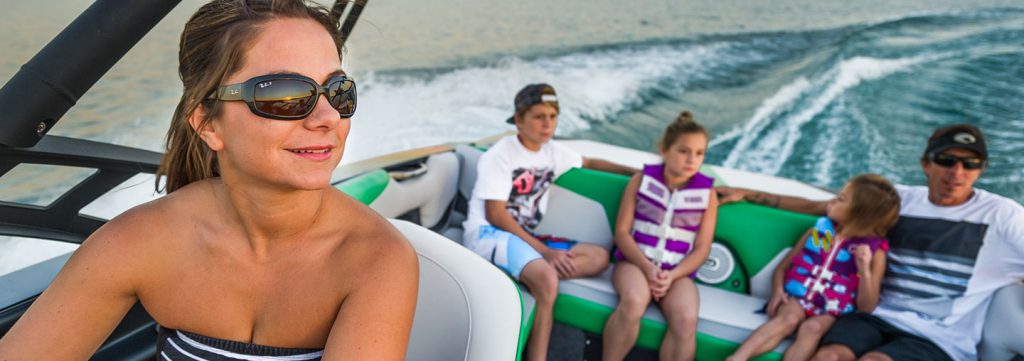
Understanding Safe Speed
Meaning of Safe Speed
When operating a boat, it is crucial to understand the concept of safe speed. A safe speed is defined as a speed that is less than the maximum at which the operator can take proper and effective action to avoid collision and boating accidents, stop within a distance appropriate to the prevailing circumstances and conditions. While it may seem intuitive that slower speeds are safer, there are scenarios in which going too slow may be unsafe. For example, if a boat is in a shipping lane or trying to avoid a collision, speeding up may be safer than slowing down.
Maintaining a safe speed on the water involves considering various factors that may affect the boat's ability to respond to changing circumstances. Some of these factors include:
- Visibility conditions: Bad weather or poor lighting conditions would require slower speeds to ensure adequate reaction times.
- Traffic density: High congestion of other boats, especially in areas with fishing vessels or other commercial activities, might warrant a more cautious approach to speed.
- The boat's handling capabilities: Different types of boats have varying capabilities in terms of maneuverability and stopping distances, which should be taken into account when determining a safe boat speeds.
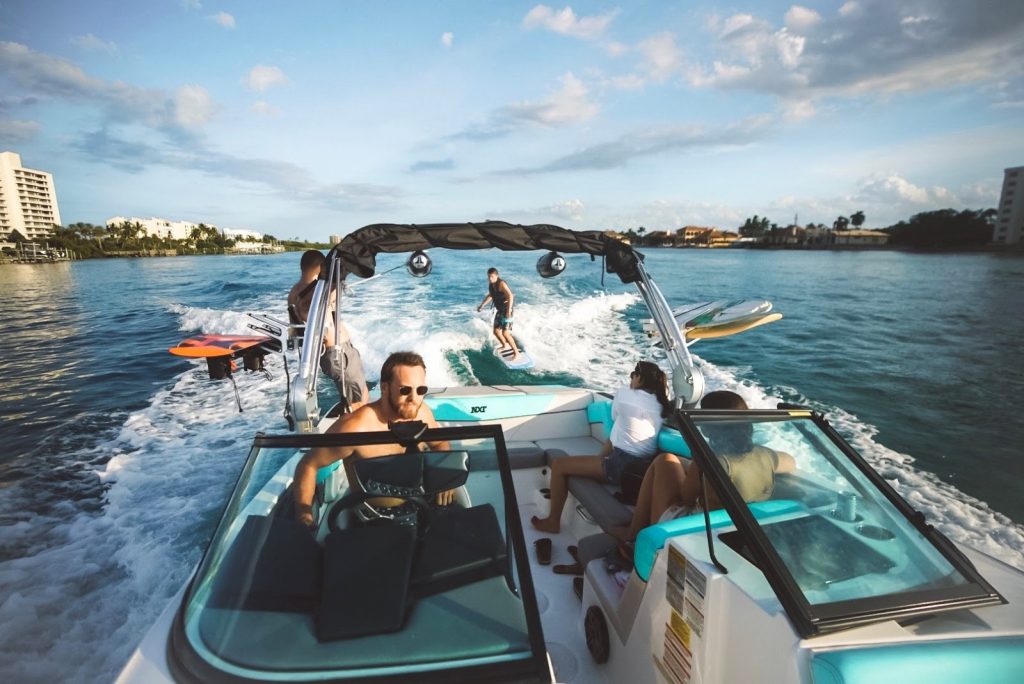
In general, 20-30 mph (32-48 km/h) is considered a safe cruising speed for many recreational boats. However, it is essential to assess the specific conditions and circumstances when operating a boat and adjust the speed accordingly based off internal factors.
By understanding the various factors that determine a safe speed, boaters can better ensure a safe and enjoyable experience on the water while minimizing the risk of accidents and collisions. Adhering to these guidelines and remaining attentive to the changing conditions will help maintain a secure environment for everyone involved.
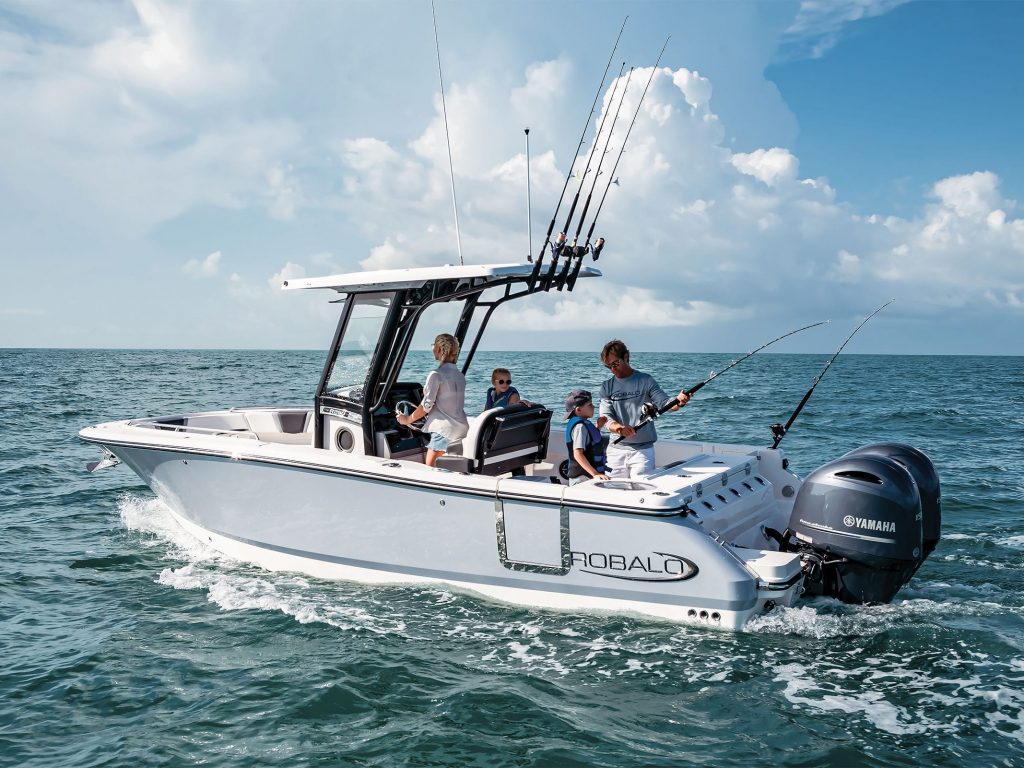
Determining Factors for Safe Speed
Boat Features
One of the key factors in determining a safe speed for a boat is the boat's features. The type of boat, its size, and the handling capabilities play a crucial role in the assessment of a safe speed. This includes the boat's turning radius, limitations in maneuvering, and stopping distance. It is essential for the boat operator to be familiar with their vessel to ensure they maintain a safe speed at all times.
Navigation Elements
Navigational elements are vital in assessing a safe boat speed. The boat operator should be aware of any navigation rules, particularly in narrow channels or waterways with a higher traffic density. Being able to maintain a safe distance and proximity to other vessels helps avoid collisions. Additionally, awareness of navigational hazards and potential obstacles in the waterway is crucial for maintaining appropriate speeds.
Environmental Factors
Visibility conditions play a significant role in determining safe speed. Factors such as fog, rain, darkness, or other visibility impairments may require the boat operator to slow down. As the state of visibility changes, the boat's speed should be adjusted accordingly. Furthermore, environmental factors such as wind, sea conditions, and currents can affect the boat's maneuverability and stopping distance, requiring the operator to adjust their speed to maintain safety.
Legal Considerations
Each waterway may have specific speed limits or maximum speeds set by local, state, or federal regulations. It is important for boat operators to be familiar with and adhere to these legal limitations. In some areas, special navigation rules may be imposed due to factors such as the waterway's traffic density or the presence of navigational hazards. By following these rules and considering all the other determining factors, a boat operator can ensure that their vessel operates at a safe speed.

Influence of Weather and Water Conditions
Weather Impact
Weather conditions play a crucial role in determining a safe speed for your boat & accounts for safety considerations. Heavy winds, for example, can make it challenging for a boat operator to maintain control, increasing the risk of accidents. In such cases, it's essential to reduce your speed and navigate with caution. Similarly, poor visibility caused by fog or heavy rain can also affect your ability to judge distances and the proximity of other vessels. In these situations, it's necessary to slow down and use navigational aids, such as radar or a GPS.
Heavy seas and rough waves are other critical weather factors that can influence a boat's safe speed. When encountering large waves, it's crucial to adjust your speed to avoid capsizing or taking on water. It is also essential to keep a lookout for signs of potential changes in weather, as sudden storms or squalls can significantly impact your boat's safe operating speed.

Water Conditions Effects
Apart from the weather, various water conditions can affect a boat's safe speed & ones ability to maintain control. One such factor is water depth, as shallow waters pose the risk of running aground or damaging the propeller and the hull. In shallow areas, it's vital to reduce your speed, use depth sounders, and monitor charts to ensure you maintain a safe distance from the seabed or any underwater obstacles.
Currents are another essential aspect of water conditions that can impact a boat's speed. Strong currents can make it difficult to maintain a steady course, requiring greater skill and attention from the boat operator. When navigating in areas with powerful currents, it's crucial to account for their influence on your boat's speed and adjust accordingly to maintain control and avoid colliding with other vessels or stationary objects.
In conclusion, weather and water conditions are significant factors that determine a boat's safe speed. By considering the impact of wind, visibility, waves, and water depth, as well as currents, you can effectively and confidently adjust your boat's speed to maintain safety and control in various environmental conditions.
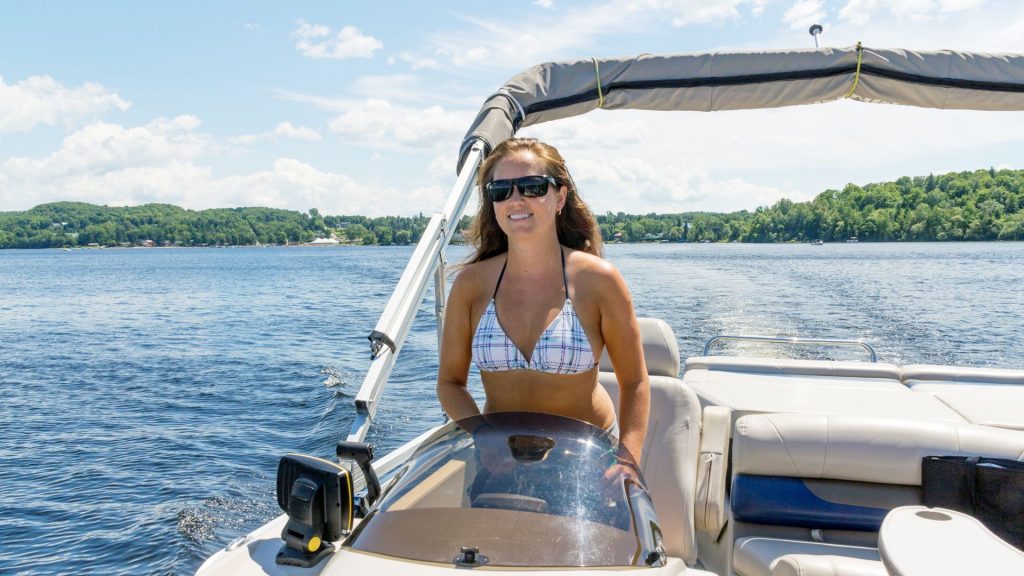
Role of the Boat Operator
Responsibility of the Boat Operator
The boat operator plays a crucial role in determining if a speed is safe for their boat. It is their responsibility to consider various factors that affect the safe operation of the boat, such as visibility, traffic density, maneuverability, and environmental conditions. Accidents can happen if an operator fails to take into account these factors and choose a safe speed accordingly. In addition, it is vital for boating safety that operators familiarize themselves with the limitations and capabilities of their boats.
Skills and Expertise
Boat operators must develop appropriate skills and expertise to safely navigate their vessels at different speeds and under diverse conditions. This includes handling the vessel effectively in various wind, sea, and current states, as well as understanding the draft and stability limitations of the boat. Moreover, boat operators should be proficient in using any radar equipment that may be present on their vessels to maintain safe speeds and distances from other boats and obstacles.
Knowing how to maneuver a boat is essential to prevent accidents and ensure boating safety. This encompasses the ability to make quick and effective decisions regarding the course and speed adjustments, required to avoid collisions and navigate around hazards. In conclusion, the safety of a boat largely depends on the boat operator’s responsibility, skills, and expertise in handling their vessel and making appropriate speed-related decisions.

Effect of Load and Passengers
Load Influence
The overall weight of a boat greatly impacts its safe operating speed. Understanding how different types of load, like engine weight, fuel, and equipment, contribute to the total weight allows operators to maintain safe speeds. Heavier boats generally require more time to stop or change course, increasing the risk of collisions in crowded waterways.
As the load on a boat increases, so does the pressure on its engine. Overloaded boats may struggle to maintain adequate speeds or may even capsize in extreme situations. An appropriate balance between engine size and weight ensures that a vessel can safely perform under various conditions.
Passenger Influence
Passengers also contribute significantly to a boat's overall weight and stability as does boat length. Carrying more passengers than the boat's capacity can create a higher center of gravity and make the vessel less stable. It is vital to adhere to the recommended passenger limits indicated on the boat's capacity plate to maintain safe operating speeds.
The distribution of passengers on the boat is another crucial factor, as an uneven distribution can lead to an increased wake or even a capsized vessel. Managing passenger movement and coordinating their seating arrangement helps maintain optimal balance and increase overall stability during navigation.
In summary, both load (including engine weight, fuel, and equipment) and passengers significantly influence a boat's safe operating speed. By adhering to capacity limits, evenly distributing passengers, and understanding how different factors contribute to boat performance, operators can maintain safe speeds and avoid potential risks on the water.

Understanding Hull, Propellers and Draft
The three factors that greatly influence boat performance and safety are the hull, propellers, and draft. A good understanding of these components can help boat operators make informed decisions about safe operating speeds and overall efficiency.
The hull plays a significant role in determining a boat's speed and stability. Different hull designs suit different water conditions and boat usage. For instance, planing hulls are designed to skim across the water surface at high speeds, while displacement hulls provide better fuel efficiency and a smooth ride in rough water. Understanding your boat's hull type helps you make informed decisions on optimal performance and safe speed.
Propellers are another essential factor affecting boat performance. The diameter and pitch of a propeller have a considerable impact on a boat's speed and efficiency. A larger diameter provides more power, whereas a high pitch allows the boat to move faster through the water. However, a fine balance must be struck, as too much pitch can lead to decreased performance and strain on the engine. Understanding the propeller pitch and diameter can help you choose the most suitable propeller for your boat's needs and maintain a safe speed.
Lastly, the draft of a boat is the distance between the waterline and the lowest part of the hull. A boat's draft significantly affects its stability, maneuverability, and the ability to navigate shallow waters safely. A deeper draft provides increased stability but may limit the boat's ability to access shallow water areas. Conversely, a shallow draft enables access to a wider range of water conditions but might lead to decreased stability, especially when moving at higher speeds.
In summary, understanding the interplay between a boat's hull, propellers, and draft is crucial for maintaining optimal performance and ensuring a safe boating experience. A good grasp of these factors can help you make informed decisions on choosing the right equipment and operating your boat at safe speeds.
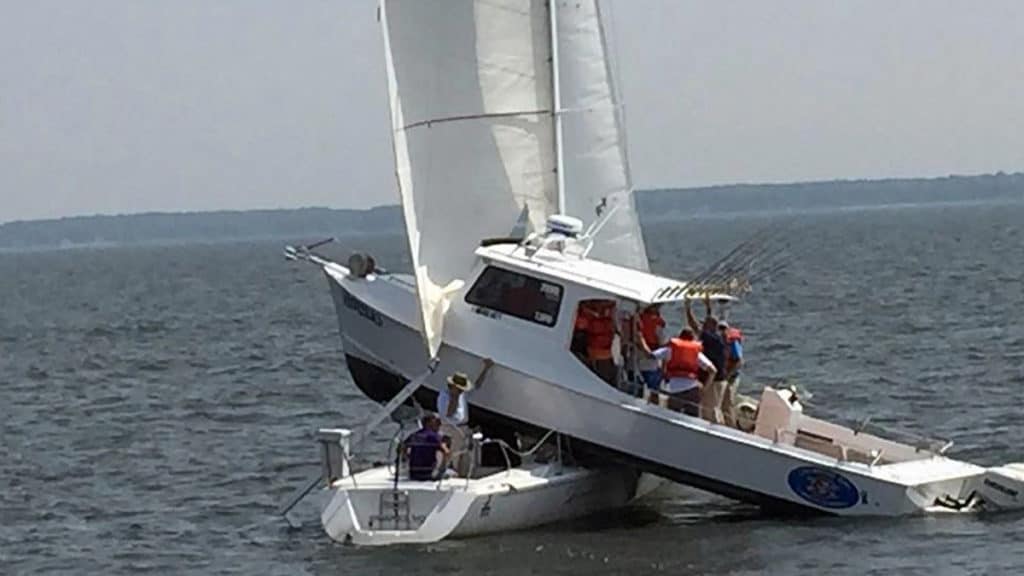
Safety and Prevention of Collisions
Safety Measures
In order to maintain a safe speed for your boat, it is crucial to consider several factors such as visibility conditions, traffic density, and weather conditions. To begin with, always keep an eye on the state of visibility. Fog, mist, rain, and darkness can all affect a boater's ability to see nearby vessels and obstacles. In such situations, it is important to slow down and stay vigilant.
Another aspect to keep in mind is the traffic density and the type of vessels in the area, as mentioned by BOATERexam.com®. In congested areas, it becomes more challenging to navigate safely, so reducing your speed becomes imperative. Also, the nature of the surrounding water, including currents and water conditions, should be taken into account.
Boaters should also be prepared for potential emergencies, carrying essential safety equipment on board, such as life jackets, fire extinguishers, and signal flares.
Prevention of Collisions
Preventing collisions is a responsibility that all boaters should take seriously. When determining a safe speed, it is essential to consider the boat's maneuverability, as highlighted by Boat Ed. The ability to make quick, effective decisions in the event of a potential collision could mean the difference between a safe trip and a tragic accident.
Moreover, becoming familiar with the boating laws and regulations in your area is crucial. This includes understanding the local navigation rules, which are designed to minimize the risk of collisions and ensure safe boating for everyone.
In summary, always account for visibility, traffic density, weather conditions, maneuverability, and understanding local navigation rules in order to maintain a safe speed and prevent collisions. Boaters should also be well-equipped with safety gear and stay vigilant, ensuring a safe and enjoyable experience on the water.

Peculiarities of Different Water Bodies
Lakes
In lakes, the safe speed for a boat can be influenced by factors such as the proximity to the shore, the presence of shallow water, and weather conditions. At night, visibility becomes crucial, and boat operators should reduce their speed to compensate for reduced visibility. Additionally, boat operators must be aware of potential hazards in the water, such as submerged rocks and vegetation, which can be common in shallow water areas of lakes. Being knowledgeable about the lake's depths and potential hazards can help in maintaining a safe speed while boating on lakes.
Narrow Channels
Navigating through narrow channels requires extra caution and attentiveness, as there is often limited space for maneuvering, and the probability of encountering other vessels is higher. In such situations, it's vital to maintain a safe speed that allows for quick reaction and smooth turns. A confident boat operator needs to be aware of the characteristics of the channel, such as its depth, width, and possible obstructions. Additionally, consideration of the water's current and the impact of nearby shorelines will help ensure safe navigation and speed management in narrow channels.
Open Seas
In open seas, the primary factors affecting safe boat speed are weather conditions and sea states. The vast expanse of open water exposes boats to potential challenges such as strong winds and large waves, which can significantly impact the ability to maintain a stable and secure speed. Being vigilant about changing weather conditions, sea state, and understanding the boat's limitations in diverse situations are crucial aspects of maintaining a safe and enjoyable boating experience. During nighttime or reduced visibility conditions, boat operators should navigate with extra caution to ensure they can react to any unexpected obstacles or changes in the environment.
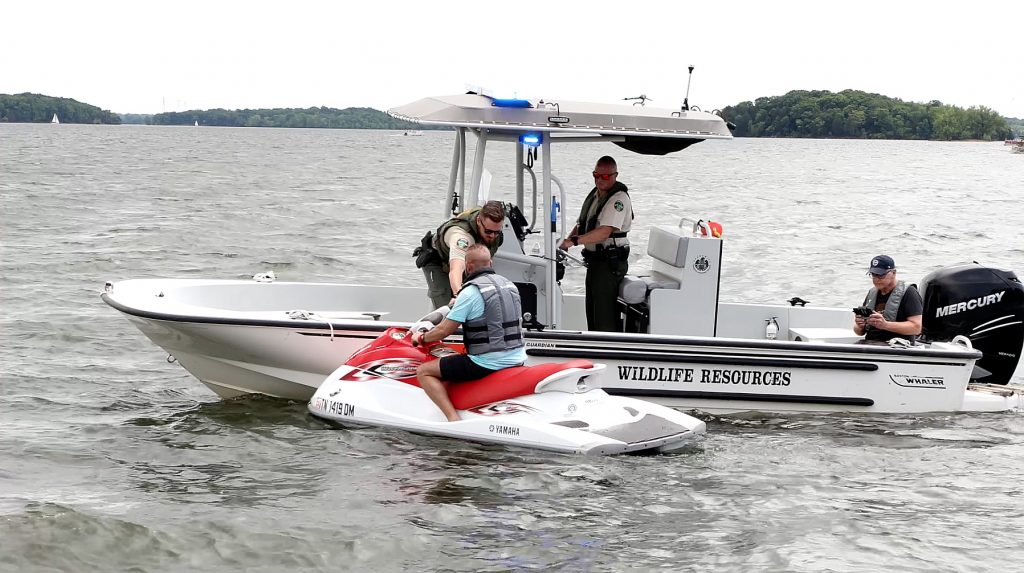
Speed Limits and Cruising Speed
Understanding Posted Speed Limits
Posted speed limits on waterways are essential for ensuring the safety of boaters and minimizing the impact on the environment. These limits are typically determined by local authorities and depend on various factors such as traffic density, water conditions, and marine life. Boaters should always adhere to the posted speed limits and be mindful of any changes as they navigate through different zones.
Factors that may affect posted speed limits include:
- Visibility: Poor visibility due to fog, rain, or darkness may require reduced speeds for safety.
- Traffic density: High levels of boat traffic may necessitate lower speed limits.
- Maneuverability: In narrow channels or around obstacles, reduced speeds allow for easier and safer maneuvering.
Determining Cruising Speed
Cruising speed is the optimal speed for a boat to travel over long distances while maintaining fuel efficiency and minimizing wear and tear on the vessel. Determining an appropriate cruising speed can be a bit challenging as it depends on several factors such as the boat's design, engine power, weight, and weather conditions. However, a general guideline for safe cruising speeds is around 20-30 mph (32-48 km/h).
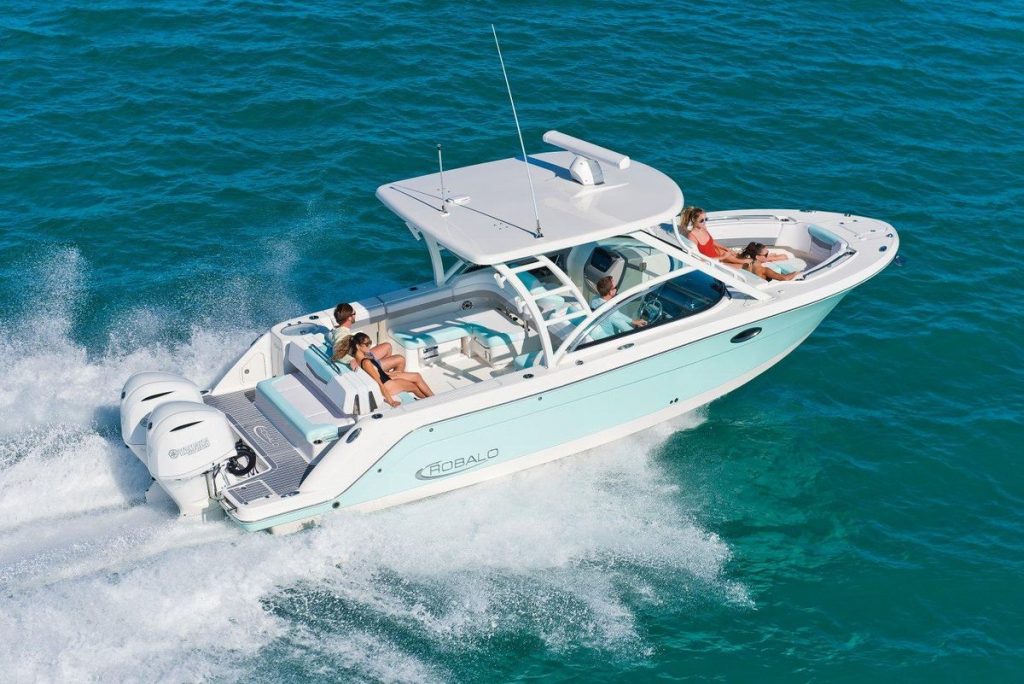
To find the ideal cruising speed for your boat, consider the following steps:
- Evaluate your boat's performance: Each boat has a unique performance curve, which details how the boat handles at various speeds. Study your boat's performance metrics to understand how speed affects your fuel consumption and overall efficiency.
- Consider sea conditions: Currents, waves, and wind can heavily influence your cruising speed. Adjust your speed to ensure safe and comfortable travel in varying water conditions.
- Fuel efficiency and engine wear: Balancing speed with fuel consumption and engine wear is critical. Generally, the best cruising speed is the one that offers decent fuel efficiency while keeping engine wear at a minimum.
In conclusion, understanding the posted speed limits and determining a safe cruising speed for your boat is crucial for a safe and enjoyable boating experience. Follow the guidelines and consult your boat's manual to optimize your speed while protecting the environment, your vessel, and fellow boaters.
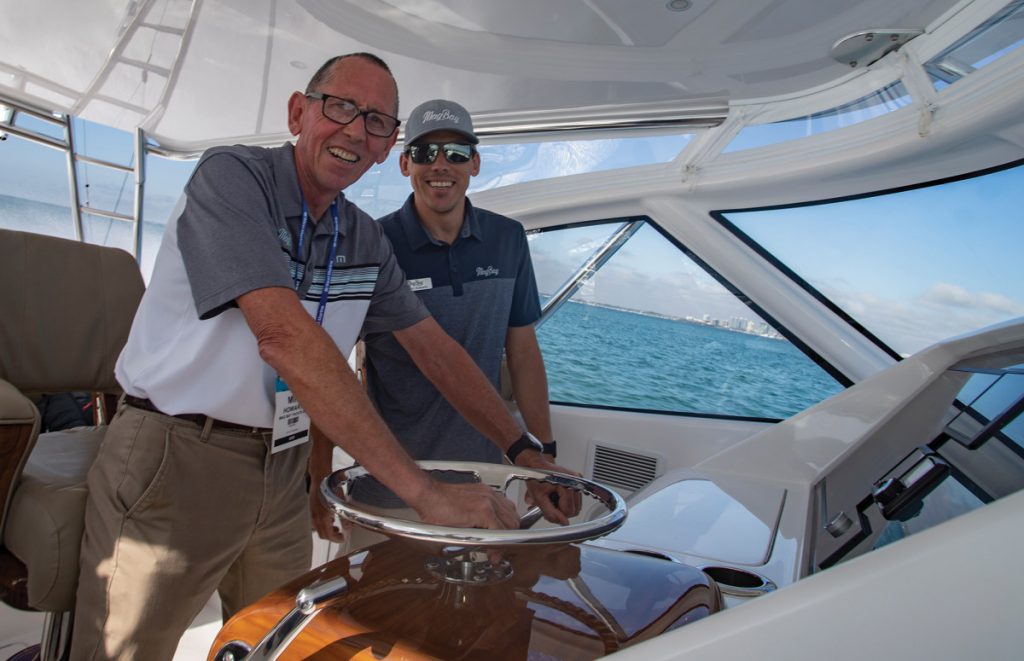
Frequently Asked Questions
What factors should be considered when determining a safe speed for your boat?
When determining a safe speed for your boat, consider factors such as visibility, traffic density, the vessel's maneuverability (stopping distance and turning ability), background light at night, proximity of navigational hazards, vessel's draft, limitations of radar equipment, and the state of wind, sea, and current ^1^.
How can you ensure you're operating a vessel at a safe speed?
To ensure you're operating at a safe speed, stay vigilant about monitoring the factors mentioned above. Continuously assess conditions and adjust your speed as needed. Familiarize yourself with your boat's capabilities and limitations, and consistently practice good seamanship.
What environmental conditions affect the safe speed of a boat?
Environmental conditions that affect the safe speed of a boat include visibility, wind, sea state, and current. Fog, rain, or haze can limit visibility, while strong winds, high waves, and currents can impact the boat's handling and stability ^2^. Always be cautious and prepared to adjust your speed in changing environmental conditions.
How does the size and type of your boat influence safe speed?
The size and type of your boat play a significant role in determining a safe speed. The vessel's hull design, stability, size, load capacity, and water conditions at that time will impact the recommended safe speed. Generally, speedboats and small boats may have a safe cruising speed around 20-30 mph ^3^, but this may vary based on the specific type and size of the boat.
What role does local boating regulations play in determining safe speed?
Local boating regulations often set maximum speed limits and no-wake zones, ensuring the safety of other boaters and the surrounding environment. Abiding by these regulations is crucial for operating your vessel at a safe speed. Familiarize yourself with local rules and laws, and always observe posted speed limits and restrictions while on the water.
How can you adjust your boat's speed to account for waterway traffic?
To account for waterway traffic, stay aware of your surroundings, and maintain a safe distance from other vessels when traveling at speed. Slow down in congested areas, and be prepared to adjust your course and speed to avoid collisions ^4^. Adhering to the rules of navigation and practicing defensive boating will help ensure you can safely adjust your speed in the presence of traffic.
Charlie is Editor-in-Chief of Sea Magazine